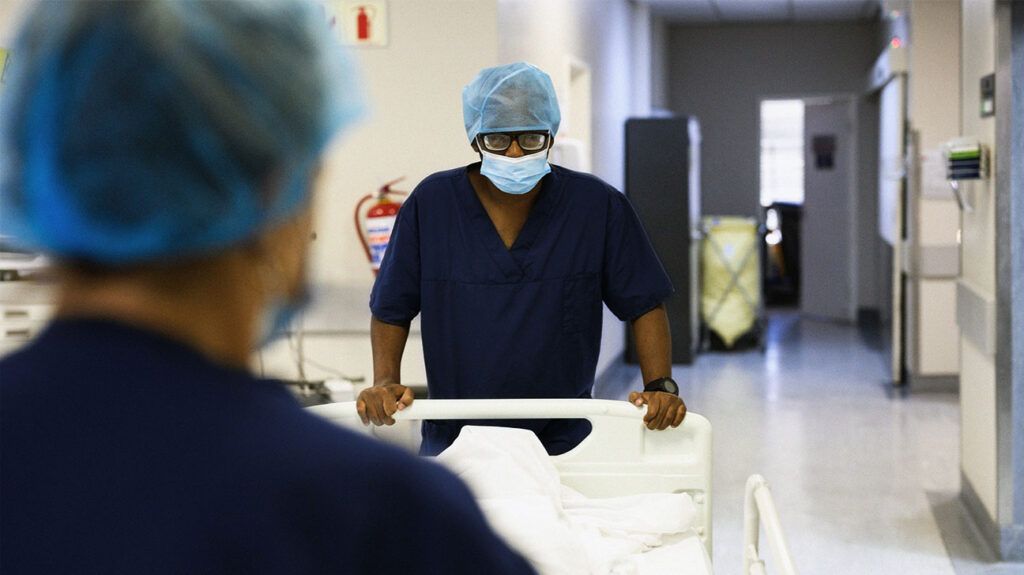Oral mucosa cancer starts in the mucosa, which is the lining of the mouth. Tobacco use is the biggest risk factor, but alcohol consumption and HPV infection can also increase the risk. The main treatment is surgery to remove the cancer.
Oral mucosa cancer begins in the lining, or mucosa, of the mouth. Symptoms can include abnormal patches or raised bumps in the mouth.
Tobacco and alcohol are two of the main
This article looks at the symptoms, causes, diagnosis, treatment, and outlook for oral mucosa cancer.

As the cancer develops, people may also have a hardened, raised lump in the mouth, similar to an ulcer and not usually painful.
If cancer spreads to surrounding areas or other body parts, people may also experience other symptoms, such as:
- swallowing pain or difficulties
- hoarseness
- ear pain
- swollen lymph nodes
- unexplained weight loss
The main cause and most significant risk factor for oral mucosa cancer is tobacco use.
Tobacco contains many chemicals that can increase the risk of cancer, including aromatic amines, benzopyrenes, and nitrosamines.
The risk of oral cancer is
Consuming tobacco in other forms also increases the risk. Using snuff or chewing betel quid, a mixture containing betel nut and tobacco, may carry a higher risk of oral cancer than smoking, as the substance stays in the mouth for longer.
Other risk factors for oral mucosa cancer include:
- Alcohol consumption: Drinking alcohol increases the risk of oral cancer, particularly for people who smoke. It may make the mucosa more susceptible to absorbing other cancer-causing toxins.
- Human papillomavirus (HPV): Certain types of HPV, mostly 16 and 18, may increase certain cancers, including oral mucosa cancer.
- Stem cell transplants: Hemopoietic stem cell transplants may increase the risk of oral cancer by 4–7 times.
- Fanconi anemia: This rare, inherited condition typically becomes symptomatic in childhood and
increases the risk of cancer.
Read more about oral cancer and tobacco.
A dentist or doctor may assess the signs and symptoms of oral cancer. They may refer people to a specialist, such as an ear, nose, and throat (ENT) doctor.
To diagnose oral mucosa cancer, a doctor may carry out the following checks and tests:
- Medical history: Doctors will ask about a person’s medical history, including any family history of head or neck cancers.
- Symptoms assessment: Doctors will ask about symptoms and any risk factors, such as tobacco use.
- Physical exam: A physical exam includes examining inside the mouth, feeling for any lumps, and assessing swallowing.
- Exfoliative cytology: A doctor takes a sample of cells from the inside of the mouth to examine under a microscope to check for abnormalities.
- Biopsy: A doctor may take a sample of tissue from the lining of the mouth, using a punch, scalpel, or needle, for laboratory testing.
- Endoscopy: This procedure involves using a flexible tube with a light and camera on one end to examine the mouth and throat. Doctors can diagnose and stage oral cancer and check whether it has spread.
- Imaging tests: These may include CT, PET, MRI, X-ray, or ultrasound to provide more information about a tumor and check whether the cancer has spread to other areas of the body.
If people require treatment, a doctor will assess a person’s overall health, including heart and lung function, to check that people can safely have surgery.
People will also have a full dental check and assessment of their swallowing before treatments such as radiotherapy.
Read about the stages of oral cancer.
The
A surgeon may use wide local excision, a procedure that involves using a scalpel to cut away the cancerous tissue and a margin of surrounding healthy tissue to remove all cancer cells.
If cancer has spread to the lymph nodes or bone, people may also need surgery to remove the lymph nodes or pieces of bone.
In addition to surgery, people may have radiotherapy or chemotherapy.
Read about mouth cancer treatment without surgery.
Although mouth cancer is not entirely preventable, people may be able to
- avoiding tobacco use and alcohol, particularly in combination
- getting the HPV vaccine
- getting regular dental checkups
- eating a healthy, balanced diet
- maintaining a moderate weight
The outlook for those with oral mucosa cancer can depend on various factors,
- the stage of the cancer at diagnosis
- whether the cancer has spread
- how promptly they received treatment
The survival rates for oral cancer may depend on the location of the cancer in the mouth.
The
- Localized cancer: 86.6%
- Regional cancer: 69.1%
- Distant cancer: 39.3%
These relative survival rates give an idea of how long a person with oral cancer will live compared to people without the condition. For example, a 5-year relative survival rate of 70% means a person with the condition is 70% as likely to live for 5 years as someone without the condition. It is important to remember that these figures are estimates.
If HPV is the cause of oral mucosa cancer, the survival rates of oral and oropharyngeal cancer
Oral mucosa cancer affects the lining of the mouth. It can cause abnormal patches and lumps in the mouth.
The main treatment for oral mucosa cancer is surgery to remove the cancer, but doctors may also recommend radiotherapy and chemotherapy.
The outlook depends on various factors, such as the extent and location of cancer and how promptly treatment begins.
